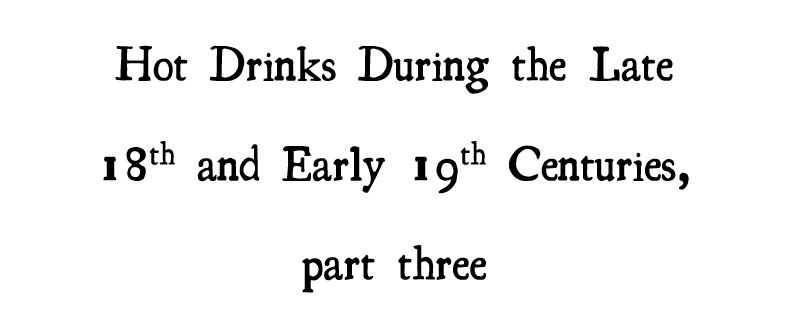 |
| Excerpts from A Guide to Nature in Winter, by Donald W. Stokes, page 271 and page 296. |
A
lot of you enjoyed my article, “Who Came To Visit Me Last Night…” found HERE,
and, “Who could it be?” found HERE. To
help me identify the tracks in those two articles, I used A Guide to Nature in
Winter, by Donald W. Stokes. Now,
tracks and tracking in the winter can be a lot of fun; but just like you have
to learn how to read, to make sense of those black marks on that white paper,
you have to learn how to track, to make sense of what you see in the snow. Since when you are walking in the wilderness,
you often only see a fleeting glimpse of an animal or bird; but their tracks will
last for days, by following their tracks you can go back in time and follow
them throughout their day!
I
am a student of tracking, and by no means am I an expert: I don’t think if you
ever get to “expert”, I think that you just practice for the rest of your life,
like a doctor. One of the books that I
used to begin my practice, and which I still study today, is A Guide to
Nature in Winter, by Donald W. Stokes.
Now,
tracking in the summer can be a bit difficult, especially if it has been dry;
but in the winter, it is a different story.
Winter is the best time to begin your study of tracking, not because the
tracks are different in the winter than they are in the summer, spring or fall,
but because there are more of them. In
the fall, spring or summer you will only find tracks in muddy spots, near the
water’s edge, or in other “track-traps”.
In the winter the entire surface of the ground is a track-trap! So, winter is the perfect time to get out and
learn how to track and Donald W. Stokes’, A Guide
to Nature in Winter is the perfect textbook, so get a copy and get out
there and start reading that snow, before it and the winter, all melt away!
But
you ask, “Bandanaman why should I get this book and not some other one? There are a lot of books on tracking and
tracking in the winter?” You are
right and that is a good question, there are a lot of books out there on
tracking: however, here is what I liked about A Guide to Nature in Winter.
This
book is eight different field guides, all rolled up into one book. So, with this book you don’t only get a book
on tracking, you get a book on snow, winter trees, insects, birds and abandoned
nests and much more.
Each
of the field guides make up a single chapter and each chapter is divided into
three parts; a general information section; a section with an identification
key, to help you identify what you see in the winter wilderness; and once you
have discovered the name of the thing that you saw, a natural history section
with detail information to tell you all about it. A Guide to Nature in Winter is written
to specifically for the northeast and north-central parts of the United States
and the southeast and south-central parts of Canada, but much of the
information can apply to other areas just as easily.
However,
today, I am only talking about the chapter on tracking. The field guide on tracking is general enough
that you can use it outside of the northern United States or southern Canada,
at least for common creatures, like squirrels, rabbits, dogs, etc.; and the
basics of two-four-or-five toes, straddle and stride can be used in any
environment to help you identify an animal by its tracks.
 |
| An excerpt from A Guide to Nature in Winter, by Donald W. Stokes, page 297, showing one of the illustrations by Deborah Prince. |
Also,
the pen and ink illustrations by Deborah Prince are fantastic and there are 485
of them! They will make your study of
tracking easier and much more fun.
Here
are some excerpts from the chapter on tracking, found in A Guide to Nature in
Winter, by Donald W. Stokes, to whet your appetite.
If
you would like to begin your study and practice of winter tracking before your
copy of A Guide to Nature in Winter comes in and before all the snow
melts away, a section of the field guide on tracking can be found HERE,
courtesy of Colorado University and Tim Kittel.
Another
excerpt from a guide to tracking in the snow can be found HERE, it is from A Field Guide to Tracking Animals in the Snow,
by Louise Forrest, 1988, and is also courtesy of Colorado University and Tim
Kittel. However, a discussion about A
Field Guide to Tracking Animals in the Snow, is a for another day and
another article.
I
hope that you continue to enjoy The Woodsman’s Journal Online and look for me
on YouTube at Bandanaman Productions for other related videos, HERE.
Don’t forget to follow me on both The
Woodsman’s Journal Online and subscribe to BandanaMan Productions on YouTube,
and if you have questions, as always, feel free to leave a comment on either
site. I announce new articles on
Facebook at Eric Reynolds, on Instagram at bandanamanaproductions, and on VK at
Eric Reynolds, so watch for me.
That
is all for now, and as always until next time, Happy Trails!
Sources
Kittel,
Tim; “Winter Mammalogy Field Day”, [© 2019 T. Kittel], https://culter.colorado.edu/~kittel/WinterEcology_Mammals.html,
accessed 1/18/20
Stokes,
Donald W.; A Guide to Nature in Winter: Northeast and North Central North
America, [Little Brown & Company, New York, New York, 1976] p. 271-296



















































